Istanbul, a city where East meets West, a city which straddles Asia and Europe both culturally and geographically, is a treasure trove of historical and architectural marvels. Of all the buildings, there is one that stands out in particular as an emblem of the ever-changing nature of the city; one that continues to captivate the hearts and minds of travelers and historians alike: the Hagia Sophia. This magnificent structure has witnessed centuries of history, serving as a church, mosque, and now a museum, reflecting the rich tapestry of cultures and civilizations that have left their mark on Istanbul. Here we will delve into the intricate history and awe-inspiring architecture of the Hagia Sophia.
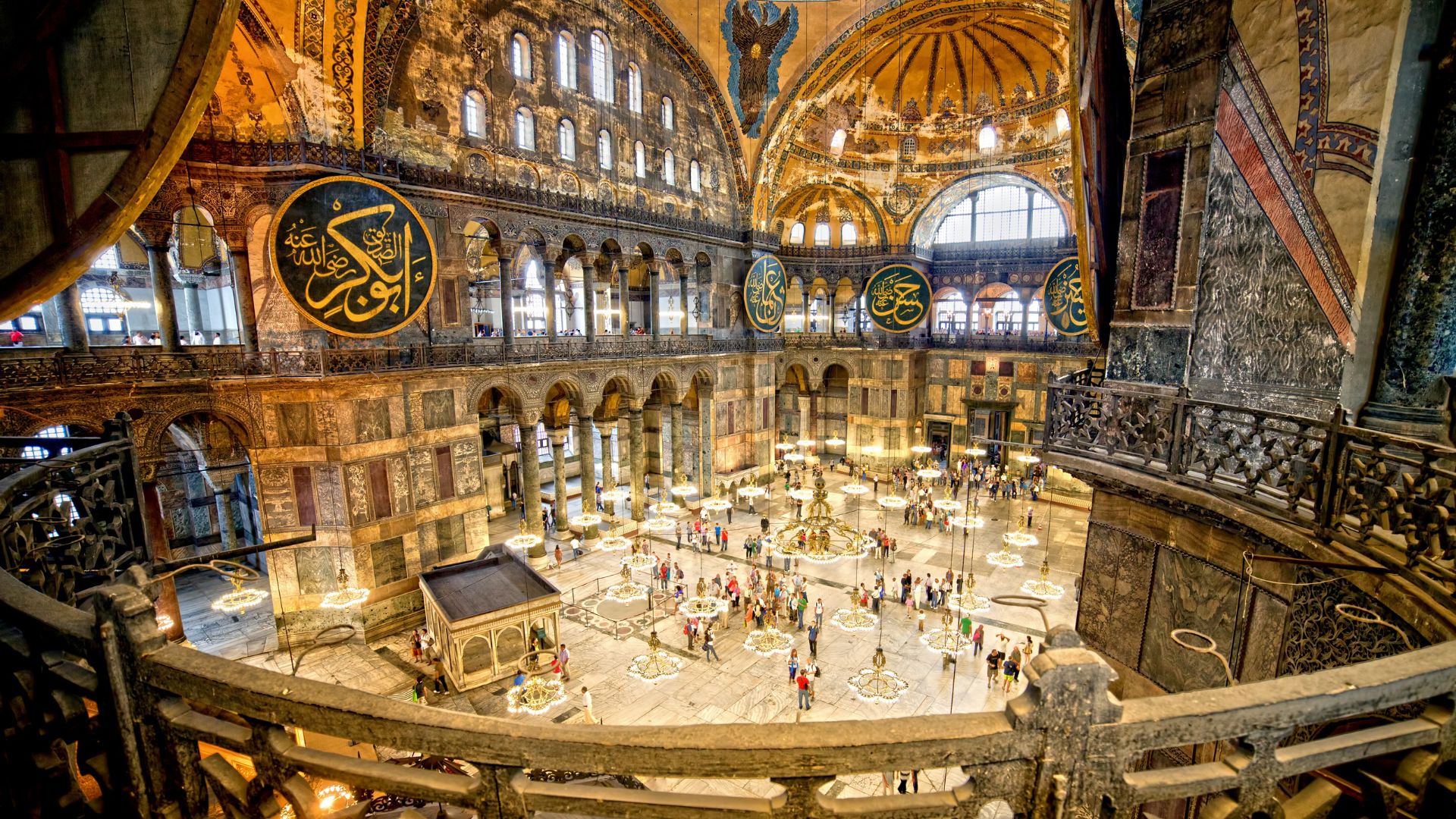
A Testament to Timelessness
Standing proudly on the European side of Istanbul, the Hagia Sophia, also known as Ayasofya in Turkish, has been a symbol of the city's enduring legacy for over 1,500 years. Its story begins in the year 537 AD when it was first constructed as a Byzantine cathedral during the reign of Emperor Justinian I. Designed by architects Anthemius of Tralles and Isidore of Miletus, the Hagia Sophia was a testament to the engineering prowess of its time.
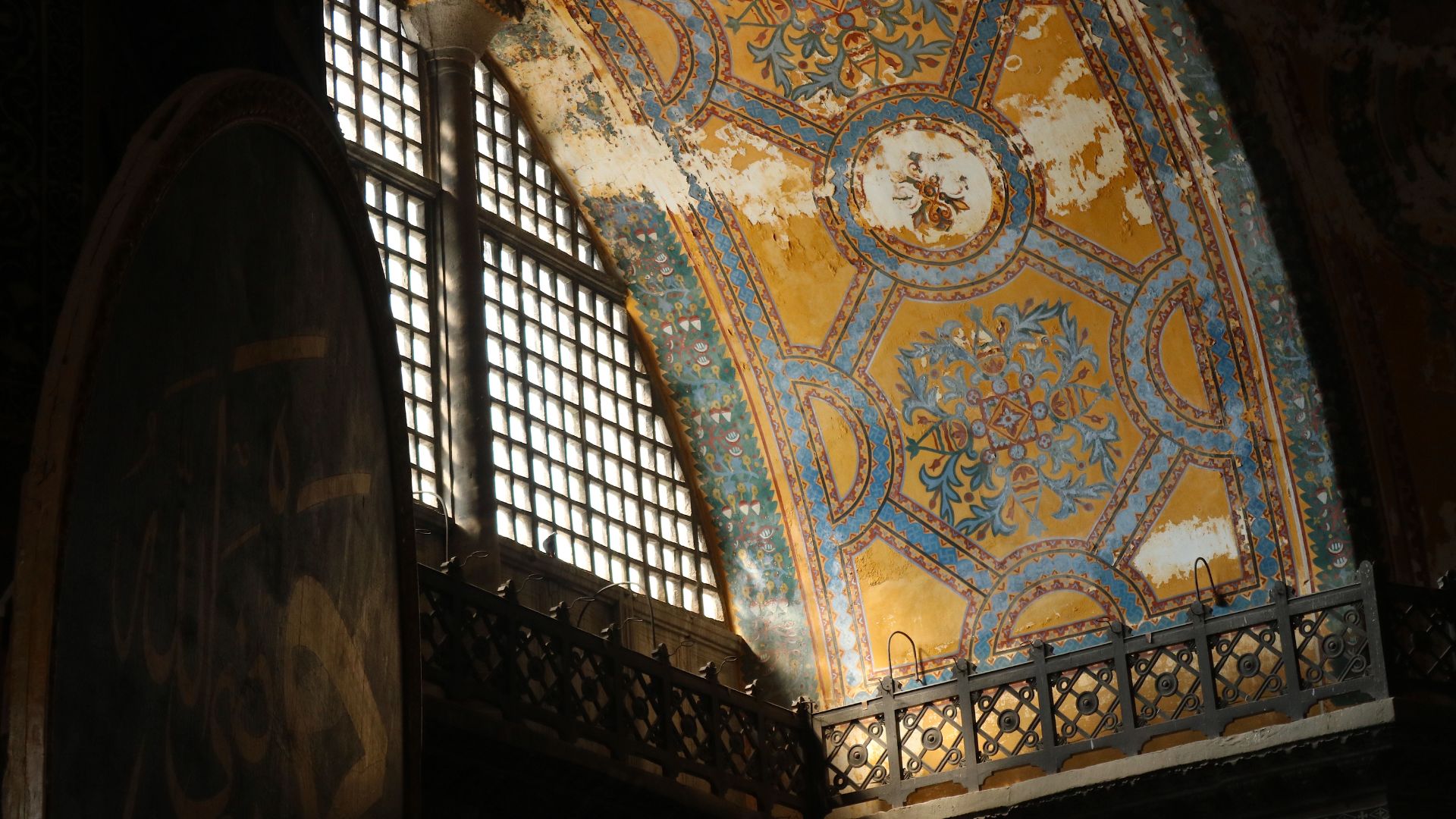
Architectural Marvels
The architecture of Hagia Sophia is a brilliant fusion of Roman and Byzantine styles. The grand dome, which spans an impressive 31 meters in diameter, was an engineering marvel of its time. It remained the largest dome in the world for nearly a thousand years and served as an inspiration for countless architectural wonders, including the iconic dome of the Florence Cathedral and the Blue Mosque in Istanbul.
The interior of the Hagia Sophia is adorned with stunning mosaics and marble columns, showcasing a level of craftsmanship that has left art historians in awe. The mosaics, though many have been lost or damaged over the centuries, provide glimpses into the religious and artistic sensibilities of the Byzantine Empire. The Virgin Mary and the Christ Child, along with various saints and biblical scenes, once graced the walls, serving as a visual representation of the profound spirituality of the Byzantines.
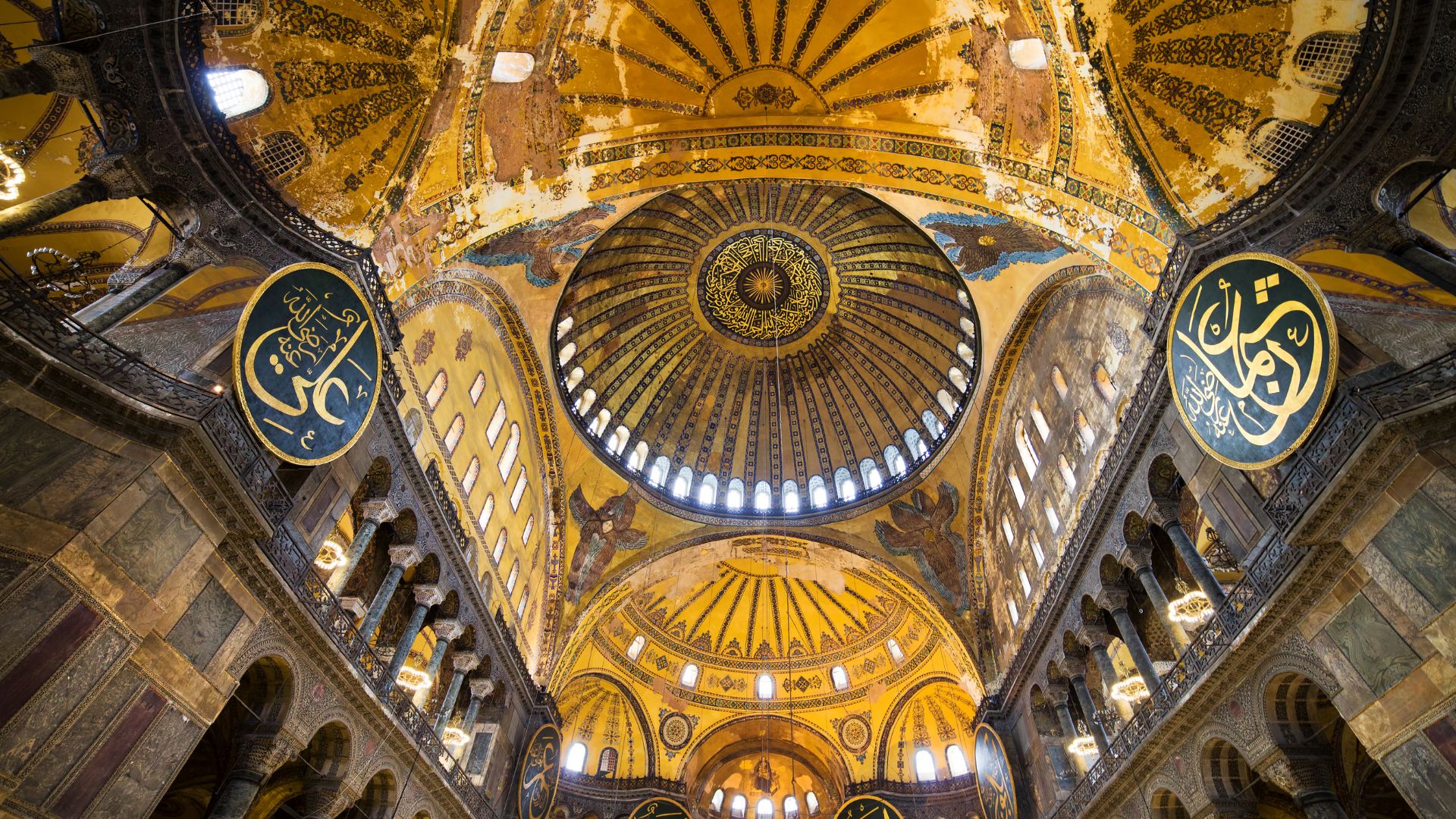
Transformation Through the Ages
In 1453, the Hagia Sophia witnessed a pivotal moment in history when the Ottoman Empire, led by Sultan Mehmed the Conqueror, captured Constantinople (modern-day Istanbul). The cathedral was converted into a mosque, a transformation that had a profound impact on its architectural identity. Islamic features, such as minarets and calligraphy, were added to the structure, blending seamlessly with its existing Byzantine elements.
The Hagia Sophia continued to function as a mosque for centuries, serving as a center of worship and culture for the Ottoman Empire. Its significance extended beyond religious life, influencing the architecture of countless mosques and buildings throughout the Islamic world.
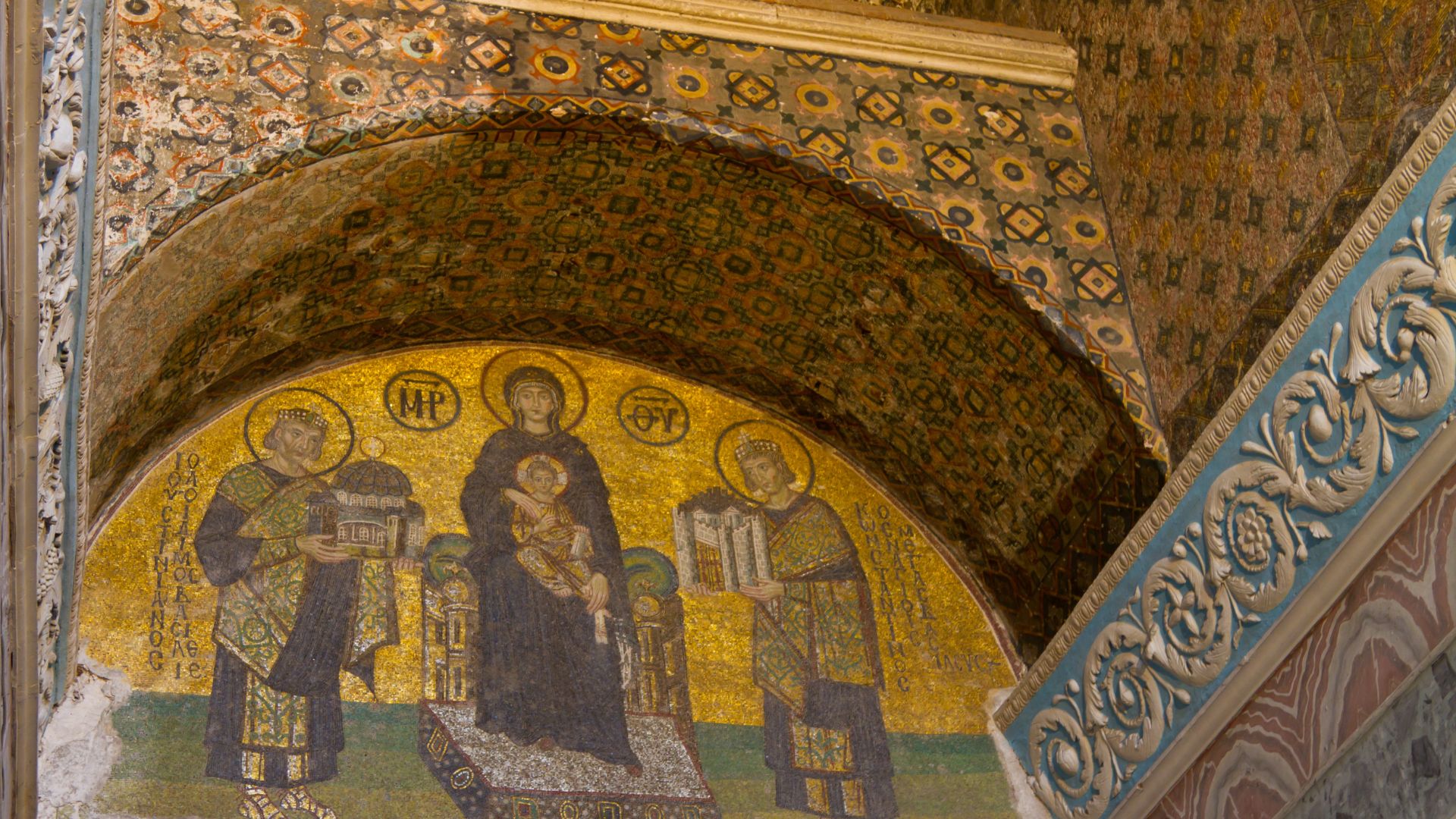
Modern-Day Icon
In 1935, under the leadership of Turkey's first President, Mustafa Kemal Atatürk, the Hagia Sophia underwent another transformation. It was converted into a museum, reflecting Turkey's shift towards secularism and a desire to preserve its rich heritage. For almost nine decades, it served as a cultural and historical treasure open to all, drawing millions of visitors from around the world.
However, in July 2020, the Hagia Sophia once again became a mosque, igniting debates over its historical and cultural significance. The decision to revert its status has sparked discussions on the delicate balance between preserving history and accommodating contemporary religious practices.
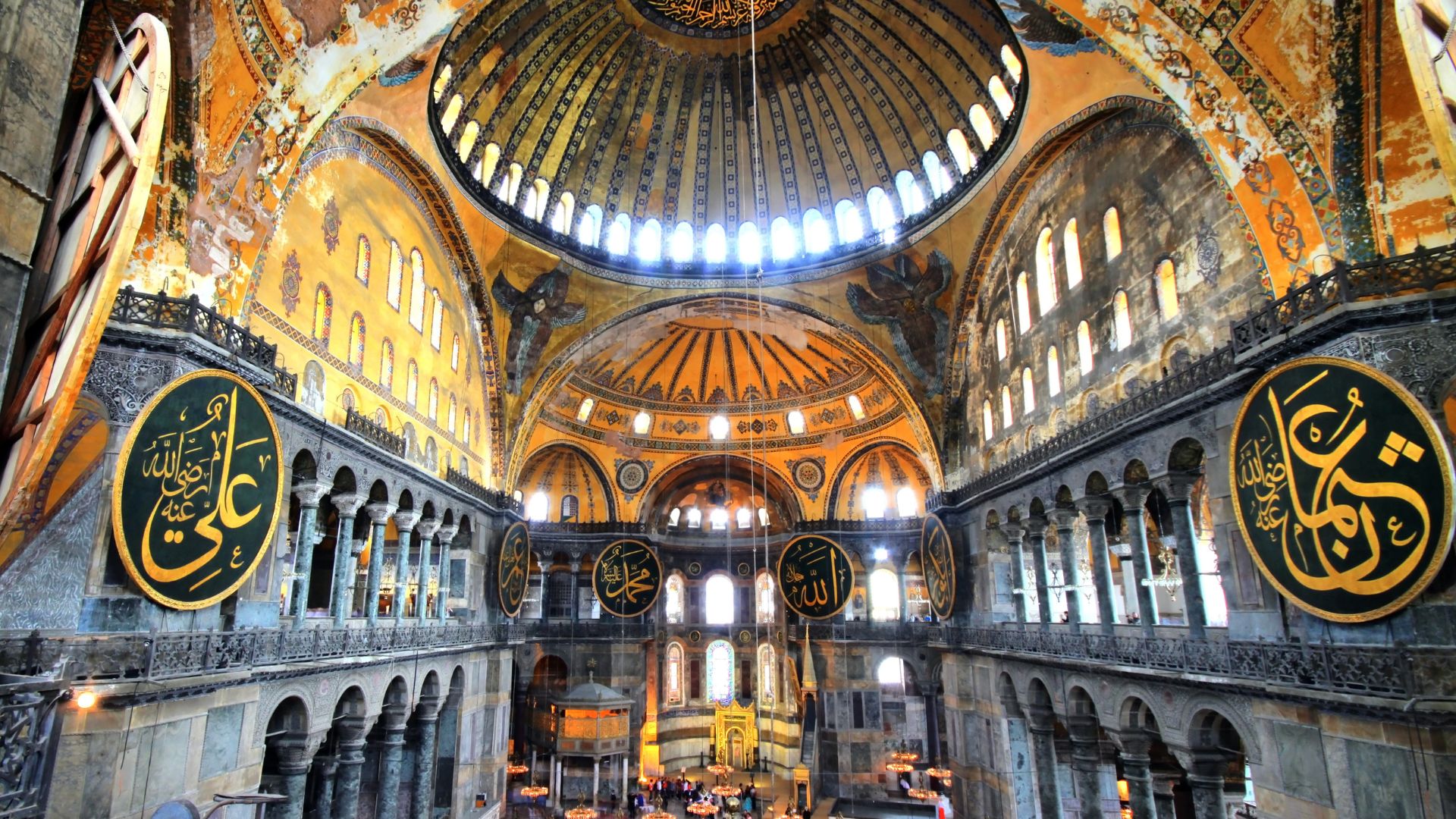
A Timeless Legacy
The Hagia Sophia's history is not confined to its walls; it has played a pivotal role in shaping the cultural and architectural landscape of Istanbul and beyond. Its grandeur, blending of architectural styles, and rich history continue to draw travelers, historians, and art enthusiasts from all corners of the globe.
Visitors to the Hagia Sophia today can witness the layers of history that have accumulated over the centuries. Byzantine mosaics peek out from behind Islamic calligraphy, providing a tangible connection to the past. This interplay of cultures and religions encapsulates the essence of Istanbul itself, a city where history is written in stone, and the passage of time is palpable.
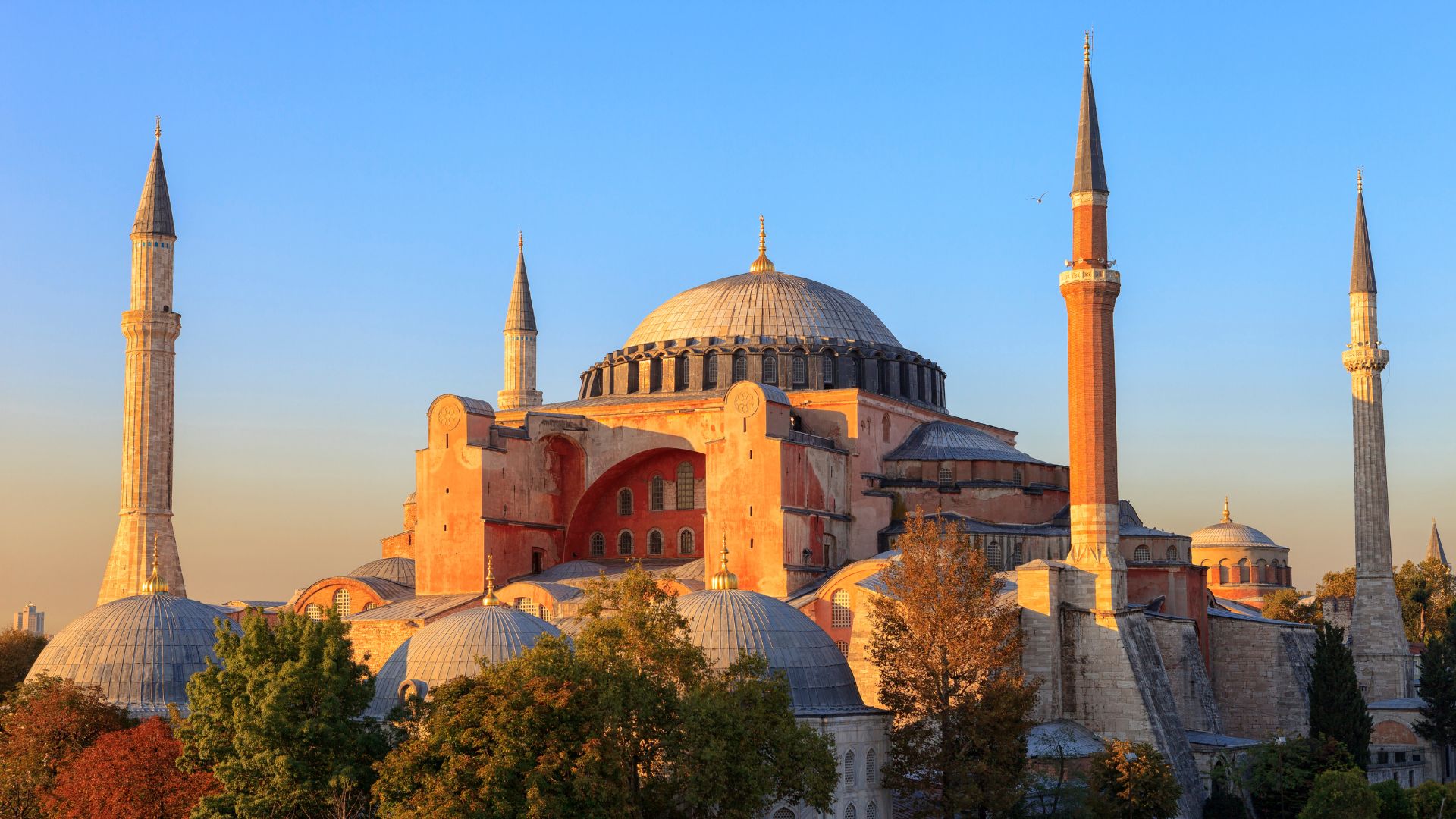
The Hagia Sophia stands as an enduring testament to the passage of time and the confluence of cultures. Its architectural marvels continue to awe and inspire, while its transformation through the ages reflects the ebb and flow of history itself. As travelers explore its hallowed halls and gaze up at its magnificent dome, they are invited to contemplate not only the grandeur of the structure but also the enduring legacy of Istanbul, where history and architecture converge in a harmonious symphony of timelessness.




